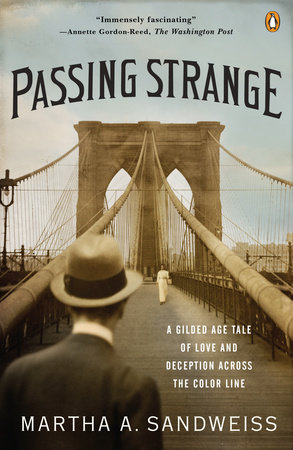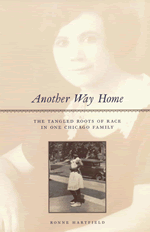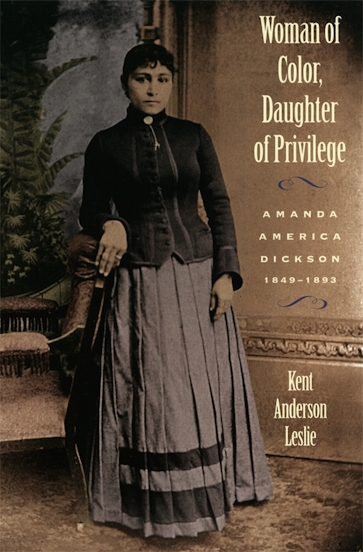“A gallant heart to the empire.” Autoethnography and Imperial identity in Mary Seacole’s Wonderful Adventures
Philological Quarterly
Volume 83, Number 2, Spring, 2004
Sarah Salih, Professor of English
University of Toronto
 |
| A portrait of Mary Seacole in oils, c. 1869, by the obscure London artist Albert Charles Challen (1847–81). The original was discovered in 2003 by historian Helen Rappaport, and acquired by the National Portrait Gallery in London in 2008. |
It seems fitting that the bi-centenary year of Mary Seacole’s birth has been marked by a spate of discoveries and publications about the author of Wonderful Adventures of Mrs Seacole in Many Lands (1857). In January 2005 a “lost” portrait of Seacole, painted in 1879 by an obscure London artist named Albert Challen, was placed on view in the National Portrait Gallery. Coincidentally, Jane Robinson’s rather clumsily-titled biography, Mary Seacole: The Charismatic Black Nurse Who Became a Heroine of the Crimea, was published only weeks later, and in the same month the Home Office named one of its new buildings after Mary Seacole. (1) To round off these events, a Channel 4 documentary screened in April 2005 revealed the identity of Seacole’s husband Horace (hitherto unknown), and Wonderful Adventures was published as a Penguin Classic at the beginning of that year. (2) Assuredly, Seacole is enjoying a second heyday (albeit a posthumous one), having already taken her place amidst a burgeoning group of “Great Black Britons” whose achievements are receiving belated recognition. (3) This is not to imply that Seacole has been rescued from obscurity: between her death in 1881 and Alexander and Dewjee’s edition of Wonderful Adventures of Mrs Seacole in Many Lands almost a century later, a steady trickle of articles and publications concerning Seacole appeared both in Britain and Jamaica. Moreover, since 1984, Seacole has received increasing academic attention, and she has long been installed as a figurehead for a number of different groups including Jamaicans, black British people and nurses.
Still, it does seem to be the case that during the last decade or two, “Seacole” has become something of a brand name for Caribbean nurses, so-called “ethnic minorities” in Britain, and Jamaicans both patriate and expatriate. There are already numerous buildings called “Mary Seacole” in Britain and Jamaica, and a Mary Seacole Street almost came into existence in London during the 1990s. (4) It is not only Seacole’s name that is being invoked; people are also reading her text, or sections of it, since it is widely available in its entirety (Wonderful Adventures has been issued at least three times since Alexander and Dewjee’s 1984 edition) and in excerpted form. Moreover, there is a growing canon of critical literature about Seacole and her autobiography, and well-known scholars such as Moira Ferguson and Simon Gikandi have tackled the thorny question of Seacole’s national, cultural and racial identifications–a question on which I wish to focus here. Certainly, Seacole has been adopted by different groups both inside and outside the academy, and she has been made to stand for (not always complementary) national, racial and cultural causes. Is there something about Seacole’s text that lends itself to these multiple interpretations? Why does “Seacole” mean so many different things to so many different people? Both in the country of her birth (Jamaica) and the country she adopted (Britain), Seacole is a national heroine, and yet sometimes it does seem as though the Seacole text (by which I mean Wonderful Adventures, as well as reconstructions of “Mary Seacole” by different generations of critics) is being pulled in quite different directions. Can Seacole be “black,” “British,” and “Jamaican” at the same time? If these ontological vectors are in fact compatible, then is it important for contemporary readers and critics to take into account how Seacole constructed herself; or how she was constructed by her nineteenth-century contemporaries?…
…Reading Wonderful Adventures as a transcultural autoethnography in conjunction with the responses of Seacole’s nineteenth-century critics to both author and text will yield broader insights into the construction and representation of “mixed race” women, both now and in Seacole’s era. My analysis of Wonderful Adventures will accordingly draw on the growing cluster of paratexts that has surrounded Seacole’s autobiography since the time of its publication. In particular, I wish to dwell on how Jamaican and British newspaper articles featuring Seacole exemplify Benedict Anderson’s idea of national identity as an imagined, textual community that is linguistically, rather than consanguineously, constructed. It is my hope that such a discussion will contribute to a more wide-ranging investigation into the naming, representation and construction of the “mixed race” female subject in imperial contexts….
Purchase the entire article here.







